On The Ecology of Myth

Where do they live, those things that don’t exist — creatures of myth and fable?
Do they inhabit the outlying places, distant and distinct from humanity? Or have some crept closer? Is it possible, in fact, that something uncanny — pushed from its home in field and fen — is going through your garbage right now?
As always, this is Heat Death, the newsletter that understands non-existence is no protection against going extinct. Mid-June finds the Brothers Elbein in their opposite corners, working new jobs. Saul has been churning out a practice issue a day on his new sustainability newsletter he’s launching at The Hill.com. (You can sign up for that here: click Sustainability, and whatever else you like.) Asher is back in Austin, on the edge of the great heat wave, in a city that is struggling to keep the lights on in summer.
In Austin, as across all the Western U.S., nature, in all its ferocity, is knocking at the door. At least, if by nature we mean the power of the exterior landscape to bust into your life and wreck your plans. It’s a key, if generally unspoken, tenet of modern American life that whatever is happening out there — dust storm, blizzard, heat wave — should never impinge in here, on real life. The road, by and large, never gets closed; the heat, by and large, doesn’t penetrate inside our air-conditioned pods.
But the cool stability of those houses is a carefully maintained illusion — they are little islands of anti-entropy created by the natural cost of (most places, most of the time) burning a lot of fossil fuels, and moving the energy effectively and continuously through a physical grid to a physical destination. Cut that flow, or overtax it, and you are suddenly forced back into confrontation with the fact that it is not even formally summer yet and temperatures are breaking records.
In this new world of killing heat and deadly storm, we predict a return to the old animisms and polytheisms, but remixed — they will ride in on heat waves and tempests, tricksters and neo-djinn. They will be the fire sprites that caterwaul across the infernos of the West; the naiads that pull beleaguered refugees from the rising Mississippi; the dybbuk that haunts the emergency shelters while the hurricanes rage, nibbling at people’s minds.
Moving right along. Today we have three items for you, all in consideration of the habitats of monsters. First, Saul looks at how the deep wood gave birth to faerie tales. Then, Asher presents an interview with fantasy writer Alexandra Rowland, where they discuss the collision of folklore, ecology, and where the spirits go when the city terfs them out of perfectly good woodland. Then Asher will take us out with a sample platter of famous monsters.
It’s Heat Death. Stay with us.
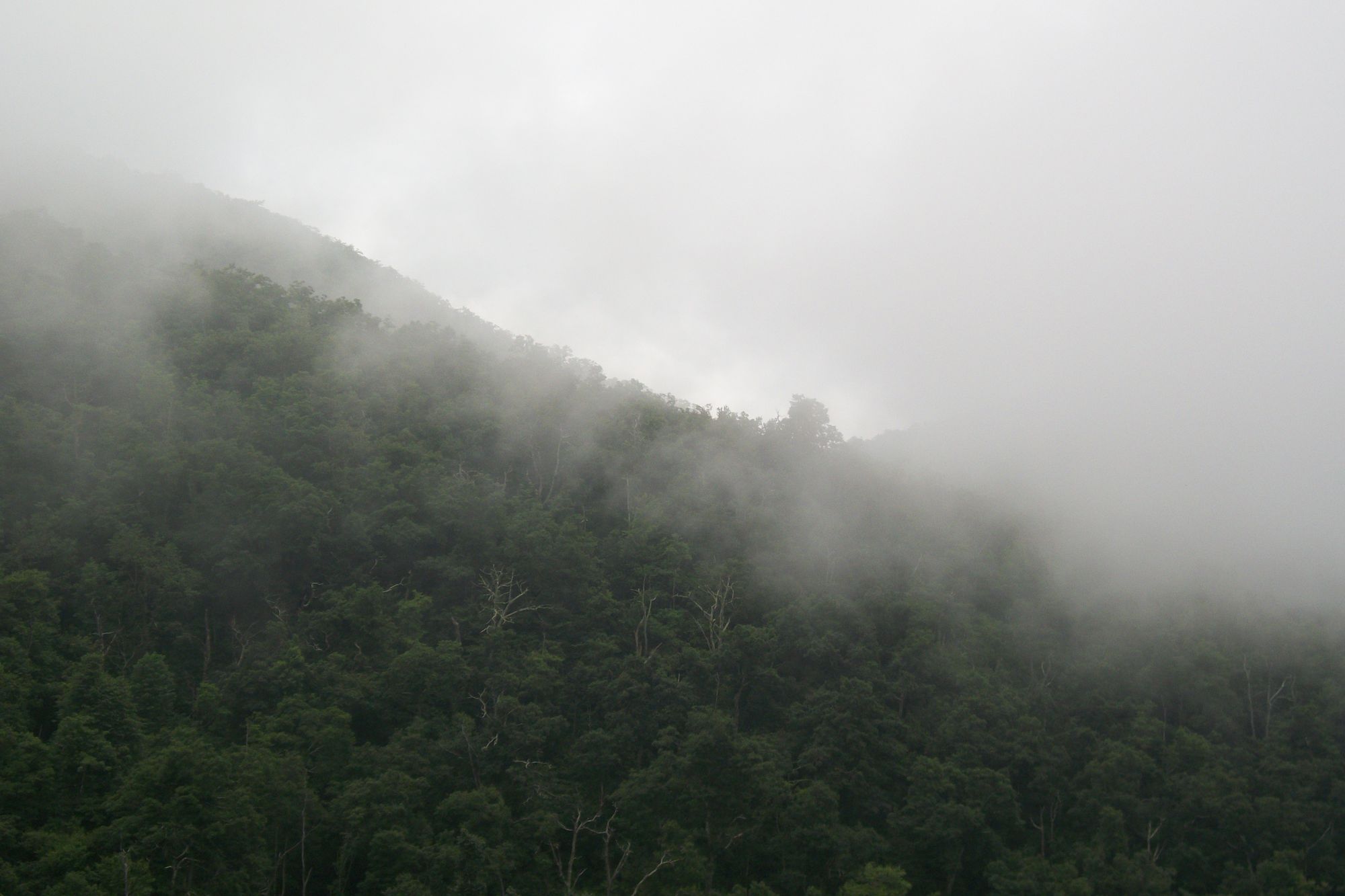
How Bigfoot went extinct
Saul here. If Bigfoot once existed — well, does it follow that he still exists right now?
That’s how C.K., the romantic partner of my early 20s, would frame the question. She would say, if Bigfoot did exist, the trappers’ records and oral histories suggest he was a creature of the old growth — the great primeval forest that used to cover what is now British Columbia.
And that forest, now, is gone, gone, gone. Perhaps 1% remains, which is high as these things go. (Even that is now staring down the chainsaw’s blade.) In the Southeast, where I grew up, the great coves and the massive trees that once filled them, are entirely gone — a few sheltered groves in places like Joyce Kilmer National Forest are all that's left. If Bigfoot existed, she would say, then he’s just another of the great megafauna, killed off by habitat destruction.
I was never quite sure if she was joking.
When the habitat goes away, the creatures that inhabited it go with it — whether or not those creatures ever per se existed. Because the world of the forest, and particularly the deep forest, is different from the world of house, road, or farm. It is not only that out in the tall timber one can suddenly feel lost, or at the brink of being lost, which is to say, swallowed by the great superorganism of wood and mulch and bough. It is not simply the feeling one sometimes gets — of things moving just outside the corner of vision, or the weight of unseen eyes. It is also the exploratory tap tap tap of life pressing against one's consciousness; the sense of being not just seen but regarded. Considered. The sense that there is something else there — perhaps many somethings — looking back.
We have often been creatures of the wood. Once, many farming communities lived within a half day's walk of a stand of forest. The word itself is not originally a botanical term but a legal one: a deeply eroded form of the Latin phrase "forestis silva," the outside wood. The word we kept — forest — marks not the woodland, but a state of being, a place outside of municipal law and human order. Which is to say, the place of exception, where you may find yourself in the grip of older and mysterious powers.
The devil of the forest
In 2015, I spent some time in Tupén, a farming village in a high jungle canyon above the Amazon, right. There the people mostly lived on what they grew on the land or could otherwise gather from it — which meant, first, putting yourself at the mercy of tree fall, flash floods.
There, people talked of the chullachaqui, the soul eater, a strange-footed thing who could take on anyone's form. The dhunche, the devil of the forest, who walked the trails and would invade your soul. Of how the Maranon River — the Amazon's main tributary, on which they went out fishing in inner tubes — was prone to get hungry after a good rain, and how it could not quiet until it ate someone.
I came to believe that these myths, whatever else they were, were functional: they created a posture of proper respect for, and caution towards, the river and forest upon which community members depended — and which, aside from their neighbors, would also be the things most likely to kill them.
Now, it's easy to arm-chair anthropologize: 'In small isolated communities where people went armed for hunting, and grievances are old and burnished with long nursing — well, might be handy to have a soul-eater upon whom accidental deaths can be blamed.' Or: 'You exercise more caution around a river you think is trying to eat you than one that is simply high, and also when it is highest, it is most likely to take you...'
But the Peruvians I talked to didn't find those explanations persuasive. The river getting hungry, eating someone, and calming down — that's not an analogy, one river guide told me. "It's just what happens." The story of the devil in the forest? Hombre, it's because there is a devil in the forest.
It is a sobering thought to realize that we can't really evaluate these claims, because — as C.K. told me long ago — we have lost the habitat where those creatures would have lived. We know longer have the firsthand, daily experience of what it is like to walk in a mature forest, in a place where — as Asher once wrote — woods have never known the axe.
I came back from Peru feeling less like this was an exotic feature of a foreign land then a glimpse into a surviving refugia of what had been a general human condition almost everywhere: the Yellow River or the Mekong, the Congo or Danube or Ohio, up until around the birth of our great-grandparents.
The memory of trees
Up until the early 20th Century—at least in the Western Hemisphere, but across most of the East as well—people lived in very general terms like those Peruvians. They lived in towns and worked fields on the edge of wildlands that they depended on but held separate from. The myths of that forest, the lived and embodied knowledge of generations who walked beneath the gloom and branches, was transmuted into story and re-encoded in the subconscious of its listeners. And in those places they told tales of the wood outside and those who lived there: of gods, of the beast people and little people, of bargains offered and prices to be paid.
This age left little fossils in our language. The name for the forest spirit of Greek myth—the dryad—takes its 'dr—' from an old Indo-European root for an oak, or hardwood "tree." (The 'dr—' having softened into the 'tr—' of 'tree.') In another context and culture, it becomes 'druid.' Oaks are the secondary growth; the sign of a mature forest. The kind where things might be glimpsed out of the corner of the eye.
Dryad. Druid. Now these words are so much petrified wood. That great global forest is gone, along with much of its broader social function—the two disappeared together in the age of fossil fuels. We heat our homes with electric or natural gas, not firewood; we eat farm-raised beef, not wood venison; we get our vegetables from the grocery, not a plot cut out beneath the trees. Our chemical solvents and fixatives are distilled from fossil fuels, not pine pitch.
And so it dries up, the habitat of the mind; the psychic pasture where little folk lived, from which monsters regarded you from behind boulders. It dries up, the breathing reality of the forest. And what is left — for forests still remain us, here in the Northern hemisphere, new forests, in some places more forest than ever — is thin, barely there, gossamer like spider web, the ghost of a thing. Feel it catch up on your skin, delicate and dangling, and tugging your skin with its tiny weight, saying, come here, come here, come here.
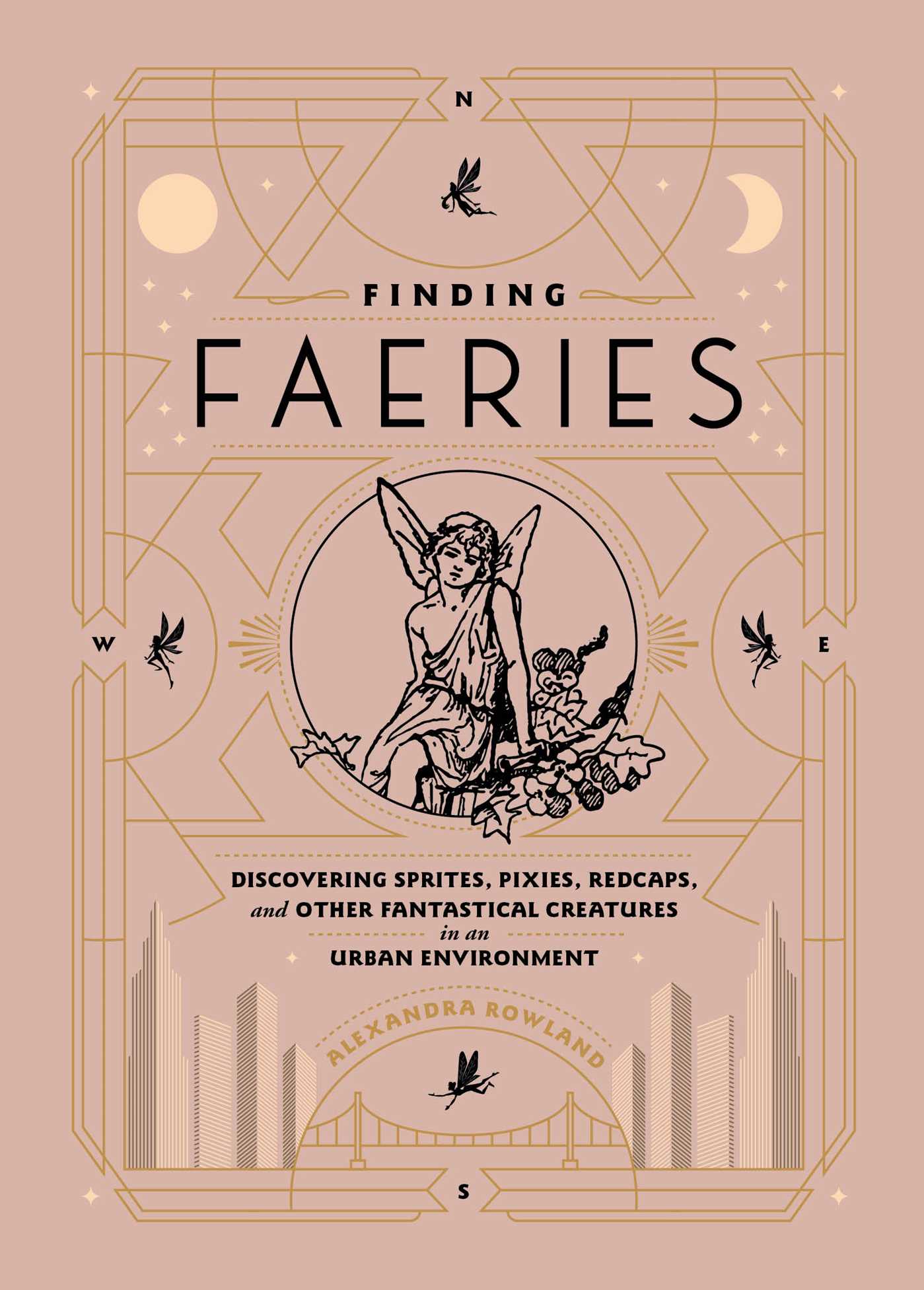
On the ecology of fairies and other urban pests
Asher Here. Alexandra Rowland is a fantasy writer whose novels—A Conspiracy of Truths and A Choir of Lies—incorporate and build on oral storytelling and folklore, creating magnificently nested narratives full of tricksters, bards, forgotten gods and story-catchers. But in 2020’s Finding Faeries: Discovering Sprites, Pixies, Redcaps, and Other Fantastical Creatures in an Urban Environment, Rowland took on something different: a fictional encyclopedia of supernature’s reaction to the modern world, where spirits immigrate just as easily as humans, and habitat loss affects thunderbird and sprite alike.
In this interview, which has been edited and condensed, I caught up with them to talk about urban adaptation, avoiding games of mythological telephone, and the ways in which folklore and ecology mix.
Asher: Tell me about how you approached the book.
Alexandra Rowland: I started thinking about interactions between modern life and the natural world. Of course, I thought a lot about environmental concerns, climate change, pollution, and so forth. And I started thinking about things like urban adaptation, where some animals start to thrive because they can benefit from the modern world in ways that they couldn’t before—like possums, raccoons and coyotes in some situations—whereas other animals are severely impacted and endangered. So I started thinking about how supernatural creatures might respond to that, and which ones would find new niches in the modern world, and which ones would be severely damaged and impacted.
Sounds pretty straightforward.
It was originally intended to have a very pure environmentalist approach. But I got halfway through it and started realizing how much it’s also about people. What we have done in the environment is kind of a related symptom of the sort of things that we have spent hundreds of years doing to each other.
What do you mean?
We have destroyed huge swaths of the natural environment, because there are segments of the population who think that they are entitled to exploit the entire world around them, and all of the people around them who are less powerful than they are, which has led to colonialism, imperialism and systematic racism. Oppression across all varieties. Once I had that realization, I couldn’t separate that out.
It’s similar to Neil Gaiman’s American Gods: I posit that people carry their supernatural creatures with them when they travel en masse across the globe, just in the same way that you would transplant different plants or different animals. And so all of those things kind of are a complicated and tangled and intersecting mass of what the specifically American supernatural landscape would look like, in the modern world.
Right. As someone who’s really interested in the folklore of the Appalachians, it's really interesting to see the ways that Anglo settler colonialists brought over, for example, stories about black dogs of the dead.
And it does seem like there are these sort of folkloric processes which echo ecological processes: wild stories get introduced, and for whatever reason, some stick around and some don't. What are some ways that supernatural creatures might have adapted to the changing ecology of the world?
One of the examples that I used was ether sprites, which feed on natural gas. In some places of the world, there are leaks of natural gas coming up through the ground. The Oracle at Delphi, for example, was supposedly given divine hallucinations by breathing the fumes that came up from the ground.
So if there's a kind of supernatural creature that feeds on that, then how are they going to react to the modern world? Well, they're going to live a lot in gas stations! Because that's where you can sips of natural gas much more easily, and in much more abundance than they could have in the pre-industrial era.
An example of urban adaptation are the brownies. Those come from Scottish and UK folklore, and they're supposed to be helpful house spirits. And if you leave a little bit of bread and look out for the brownie every night, then they'll help clean your house, and keep the hawks away from your chickens, and so forth. And where would that be very, very common in the modern world? Well, dumpsters in big cities are full of discarded food. And so they become more like pests, like possums or raccoons that dig through your trash, because that food just gets left out rather than disposed of.
When you were researching this, did you find examples of places where folklore had kind of done your work for you, where stories that used to be sort of contextualized in a more rural way had been adapted into more urban environments?
Not so much. And I kind of veered away from those. The whole genre of urban fantasy could have been taken as a huge pile of research, but I didn't want to have this be derivative from that, because it would have turned into kind of a game of telephone, right?
So I was looking mostly at the original source material as much as possible or as close as I can get, because a lot of folklore is oral histories and storytelling. I was very, very lucky to have several people who did contribute to it with oral storytelling, like Sarah Guan, who was the one who told me about the Chinese-hopping zombies [Ed note: jiangshi], and a little bit about Chinese dragons. And so it was wonderful to get the oral storytelling for people as well as more text-based research.
I was looking more for folklore interacting specifically with the natural world so that I could reinterpret how it would happen for the modern world. I think the only place where I would see it is in—I think you mentioned the example of the black dogs.
**Yeah. **
That’s one which has been more connected to cities, and places where people live specifically. And then the other obvious example is the gentleman at the crossroads, because that is very much about civilization, right? The crossroads is kind of the symbol of civilization: people traveling and intersecting with each other in a quite literal way.
I guess urban fantasy is about, like, “how would a vampire buy a house?” Where as this is more ecological folklore: if you introduce brownies into a city where there's all this bread, how is that going to impact their behavior and evolution?
AR: Right! [Laughs] And I noticed as I was writing that I was straying away from [including] too many of the sentient kind of supernatural creatures. Because I wanted to focus more on animals, and how we treat things that we don't view as human.
And so a sentient creature, like the gentlemen at the crossroads—something that can talk to you in a language that you understand—there's a couple of examples of that in the book. But sentient creatures can, and would probably, navigate the modern world in a much different way, because they have more agency and understanding of the world around them.
Right. Not to draw too stark a line between the idea of like people and animals, but if something walks and talks and wears clothing, it is, I think, regardless of the sort of species lines, functionally a person. Versus something that does not.
Right. Something that has six legs and fur. [Laughs.]
**I think it's interesting you mentioned urban fantasy, because I've noticed—after reading urban fantasy in various degrees and of various kind for years—this tendency that you mentioned, of telephone games. Things that are derived from things, that are derived from other things, and the original source material, whatever it is, or wherever it was collected from, ends up way in the rearview mirror. Particularly in cryptozoological writing, there's this really strong tendency to blend all of these like separate cultural traditions. “Oh, you have a person who lives in the woods. Well, that's a Bigfoot!”
**When it comes to like writing folklore-inflected stuff, where you’re changing stuff for narrative reasons while simultaneously respecting those traditions, how do you do it so that you're not either locking them in amber or completely stripping out the cultural context? **
I think the analogy that makes most sense here is to consider how many different breeds of, I don't know, foxes there are in the world.
You have the Arctic Fox, and you have the Common Red Fox, and you have the Corsac Fox, and these are all technically foxes, right? But all of them live in wildly different environments, and have adapted in wildly different ways and have completely different behaviors to each other. That's kind of how I see the comparison and contrast.
Because we can say, “Oh, you have an old man who lives in the woods as a supernatural creature, and then we have one over here.” They can be kind of related, but you also have to acknowledge that they are in some way, “separate species,” and that there are going to be significant differences, even if there are similarities as well.
And differences are what makes the world interesting and vibrant. Biodiversity is a good thing!
It’s interesting where you have, for example, this sort of like almost like parallel evolution of stories, where there’s perhaps something in the human mind that looks out in the woods and is like “There’s probably people living there.”
Yeah. In mythology studies that phenomenon is called the “monomyth,” the idea that at some point, all of these similar but divergent stories evolved from one common ancestor. And we have, at this point, mostly disproven the monomyth. But it kind of sticks in the brain.
I think it’s a compelling idea, because we like the idea that we were all once close enough to have this one common ancestor story. But I think it’s also really kind of touching to think that, for example, in Germany and in China, you can have independent evolutions of a Cinderella-like story. An orphan girl who is being terrorized by her family and subjugated, and who manages to get herself out of it. Because fairytales are intended to explain something about the world, and to tell us how to live, and to give answers to common problems that we might face. And unfortunately, in many parts of the world, a young girl being terrorized by her family, and having to find a way to get herself out, was—and is—a really common story.
And so having that fairy tale to give her an answer—to give her the idea that she could escape, just like the girl in the fairy story—is something that’s like the glue of society in many ways.
**What’s your favorite folkloric critter? **
Oh, goodness. Dragons. I love that there’s different varieties of them all over the world. I love that they are almost always seen as figures of great wisdom that can also have huge destructive qualities. Some of them are more benevolent than others, of course.
For the European dragons in particular, I keep thinking of this G.K. Chesterton quote: “Fairy tales don’t tell us that dragons exist. They tell us that dragons can be defeated.” And so dragons are this symbol of a great evil that is nevertheless possible to vanquish—either by a hero or by a team of heroes—and there’s also varieties of the European dragon mythology where you have to defeat the dragon by debating with it. And it’s kind of a warning to be careful of the promises that you make, and be careful of people who speak eloquently, because they can trap you in their words. And which is an ironic thing to say as a writer. [Laughs.] And to be careful of things like legal contracts.
And also I just like big shiny reptiles with wings.
Thanks so much for coming on.
Thank you so much. It was wonderful to talk to you.
You can find Alexandra Rowland online at https://www.alexandrarowland.net, and Finding Faeries wherever finer books are sold. (Pick up Conspiracy of Truths, too! It’s a very good read.)
Four Musings on Universal Monsters
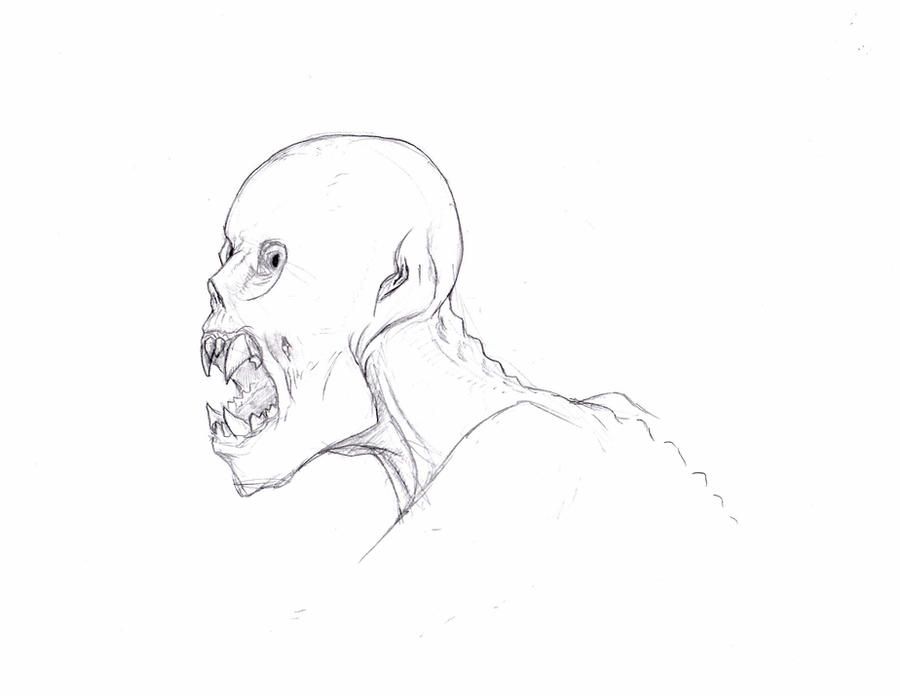
The Vampire
The coffin lid opens. The villagers shrink back. Some of them have been plagued with dreams of the dead, a terrible shape pressing against them, bloated hands and genitals on their frozen bodies. A flash of teeth; a sharp tongue in the dark. Now their fears are confirmed. The body lies contorted in its winding sheet, bloated and ruddy, teeth and hair and nails extended, black blood streaming from its lips. The dead should be still. The dead should be quiet. The dead should be dead.
Yet this body has been overtaken by life, an orgy of consumption in the dark: a mindless, churning drive to consume and breed. A vampire.
Later, vampires would come to inhabit castles, high society, posh nightclubs, sanitized wet dreams. Their uncanny preservation became a thing of cold, marbled muscle and perfect, chilled breasts. Perfection gained and kept at terrible cost. They are personifications of excess, of corruption, of a greed so insatiable that even centuries of predation cannot quench it. Capitalists and feudal lords, producing nothing, feeding on blood and stolen life. What do they have in common with that dead peasant, wrapped in their winding sheet, gasping out a graveyard stink as the stake goes in?
Just this: The life in them is not our life. They are human shaped, but no longer human. Their preservation is a lie. All that’s left is rot.
The Lycanthrope
Full moon hanging ominous and bright in the sky. Silver bullets shining like captured moonlight. A body wracked and convulsed by grotesque change. It’s visually very neat: there are a ton of ways to get from human to wolf-thing, and special effects artists have tackled all of them with gusto and enthusiasm.
Conceptually? The folkloric idea of werebeasts — werehyenas, weretigers, etc — places its emphasis on dangerous, man-eating predators hiding among us in human form. As our industrialized culture has grown more abstracted from the wild, however, the modern conception seems largely predicated on the notion that bestial passions are just waiting to overtake the delicate rationality of the human mind: the urge to fight and fuck, to engage fully in an unleashed carnality. Homo homini lupus, and all that. It projects human neurosis onto wolves, which—while certainly dangerous animals, and not to be trifled with—are rather retiring creatures at heart.
A wolf with a wolf’s mind is a threat. A wolf with a human mind is a nightmare.
The Gillman
Gulping mouth. Gills that fan out like a frill around his head. He’s a craggy thing, that Gillman, made of ridges, bones plates and nobbly scales. The mermaid is a being of chimerical desire, sinuous and sleek, and while her tail is finned than her face is a human’s face. The Gillman is not so easily bisected: his inhumanity is painted evenly on a bipedal canvas. He is not half this or half that. He is wholly himself, whoever that is.
The Gillman’s true fishiness dwells in his flat, cold eyes. The glassy stare of the goldfish and the grouper suggests a being devoid of inner workings: aquatic automatons, free-swimming vegetables. But what scans to us as emptiness is only mutual incomprehension. It has been 375 million years since our tetrapod tribe forsook the waterways and struck it out up foreign shores. (To a fish all shores are foreign.) There is a divide between our most distant aquatic cousins and us—they inhabit a world unlike ours, with rules unlike ours. It’s human arrogance to say that the Gillman somehow bridges the gap. He is the gap.
Perhaps if the woman swimming through the still waters of the Black Lagoon understood the way that fish speak—the delicate and courtly turn of a fin, the shimmer of a scale—she would look down and truly see what sculls beneath her, an old thing entranced by this most removed relation: a fish that has lost everything fishlike in itself.
But fish are invisible to us. And so, blithely, she swims on.
But Can I Talk To Them?
Well, what is talking? Let’s start there. We talk to communicate information: ideas, emotional realities, the complex or simple thoughts that swim inside our skulls. There are linguistic differences, of course, and words and cultural concepts that are difficult to translate. But when you speak to another human, even divided by a chasm of language, you are speaking to someone who has the capacity to understand you because they are you. There is some common reality—a shared humanity, if you like—upon which the two of you can land.
At the end of Predator, a bloodied and muddied Dutch stands above the broken body of a hunter from beyond the stars, a crab-faced reptile whose green blood stains the forest leaves. “What are you?” he asks. The guttural reply comes back: what are you? The words are there, but the intent is orthogonal, alien: is it mimicry? A genuine attempt at connection from something uncanny? Dutch will never know, and neither can we. With apologies to another Austrian philosopher, who spoke originally of lions: If a monster could speak, we would not understand them.
Perhaps, if you can understand them, they aren’t a monster at all. Or perhaps — as the fairy tales remind us — it’s the ones you think you understand who, in the end, turn out most monstrous of all.
Spooky. This is Heat Death. We’ll see you next week.

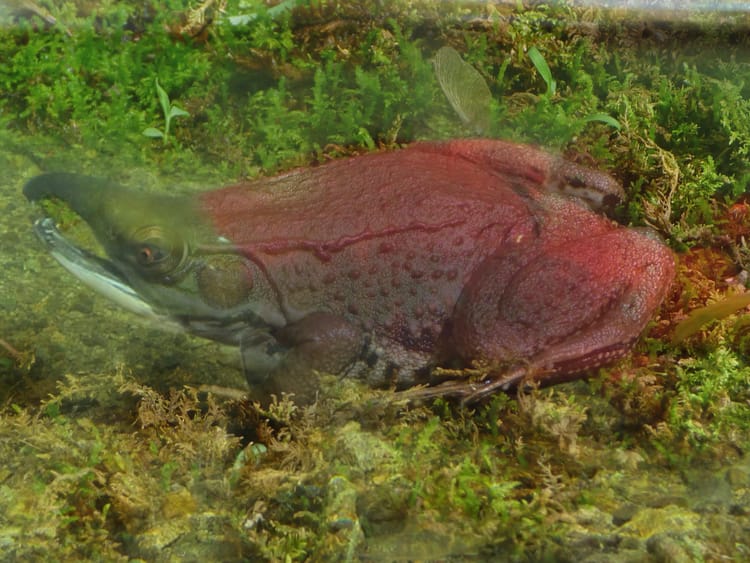
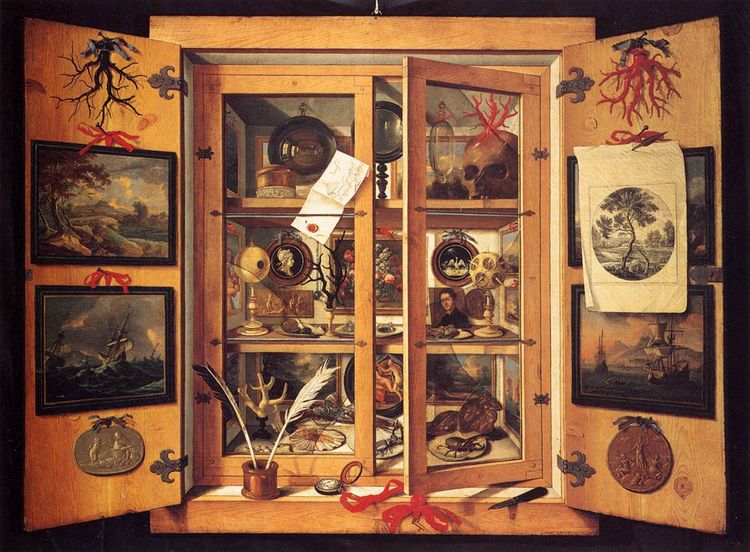
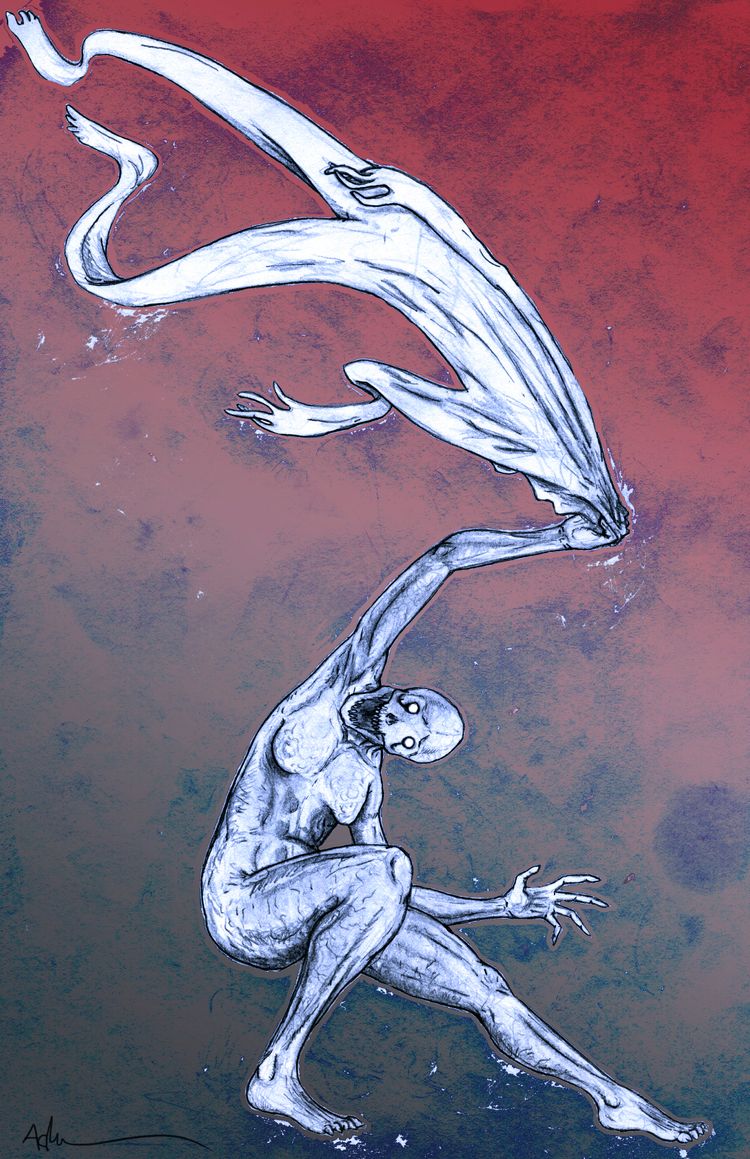
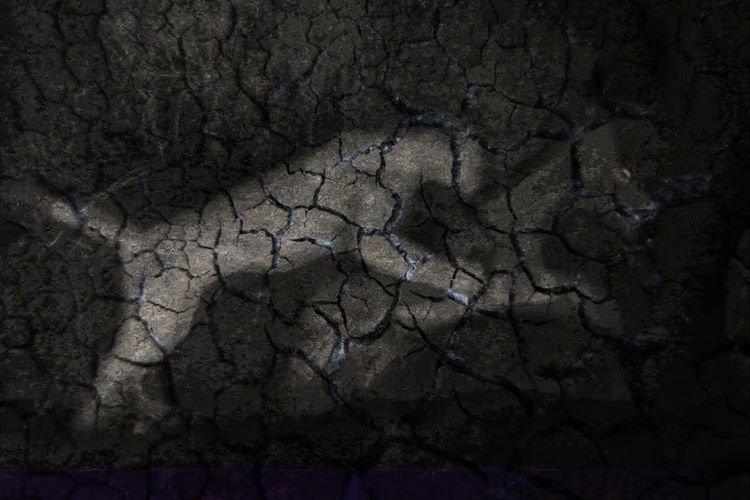
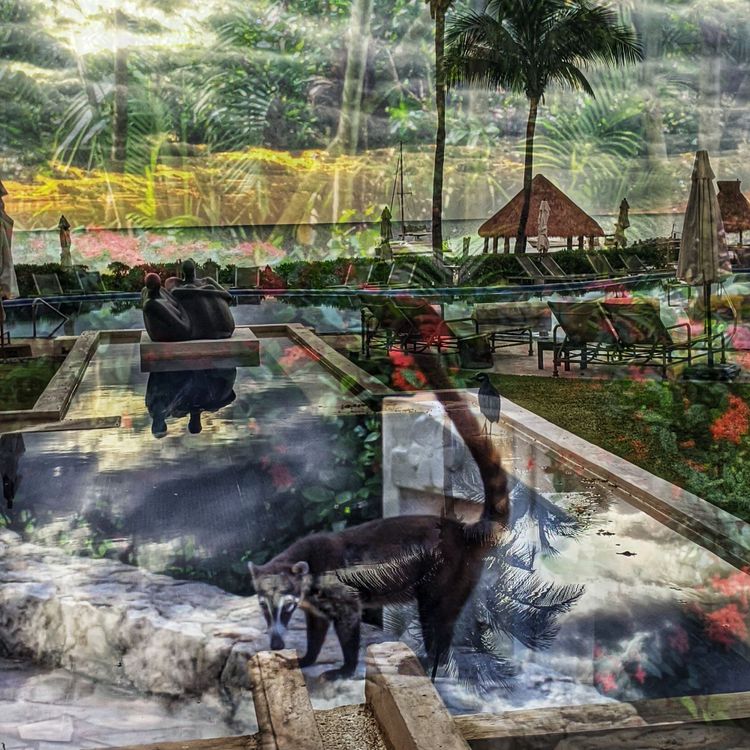
Member discussion